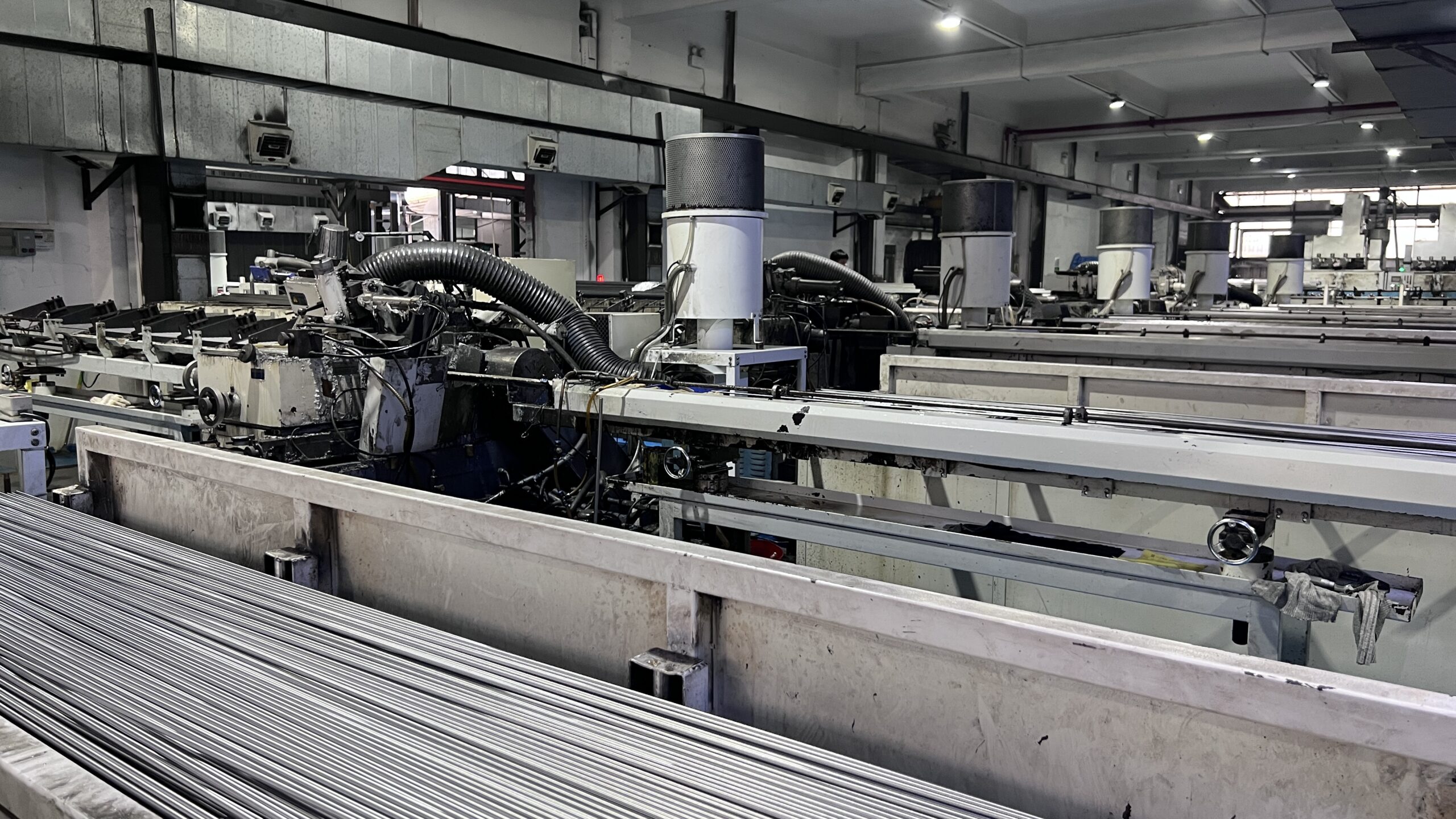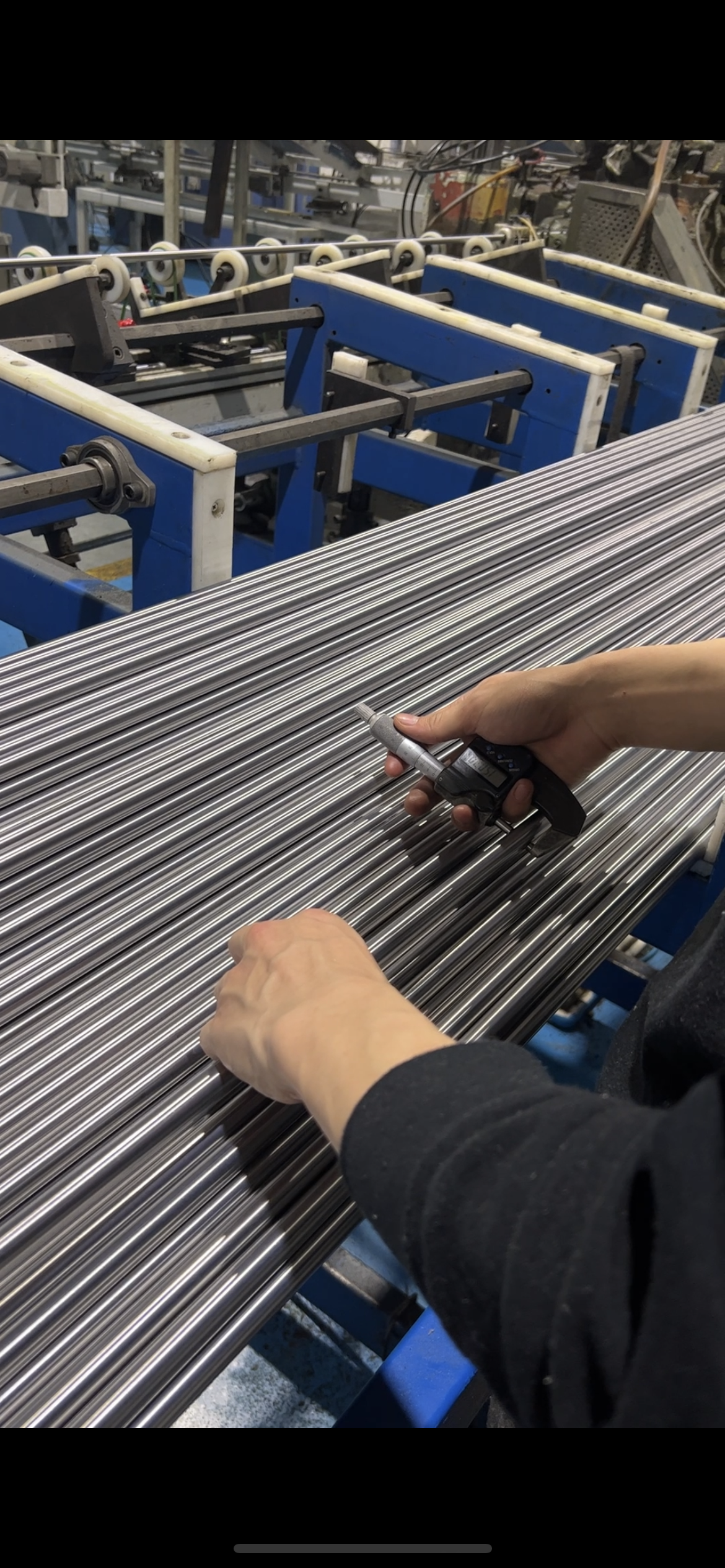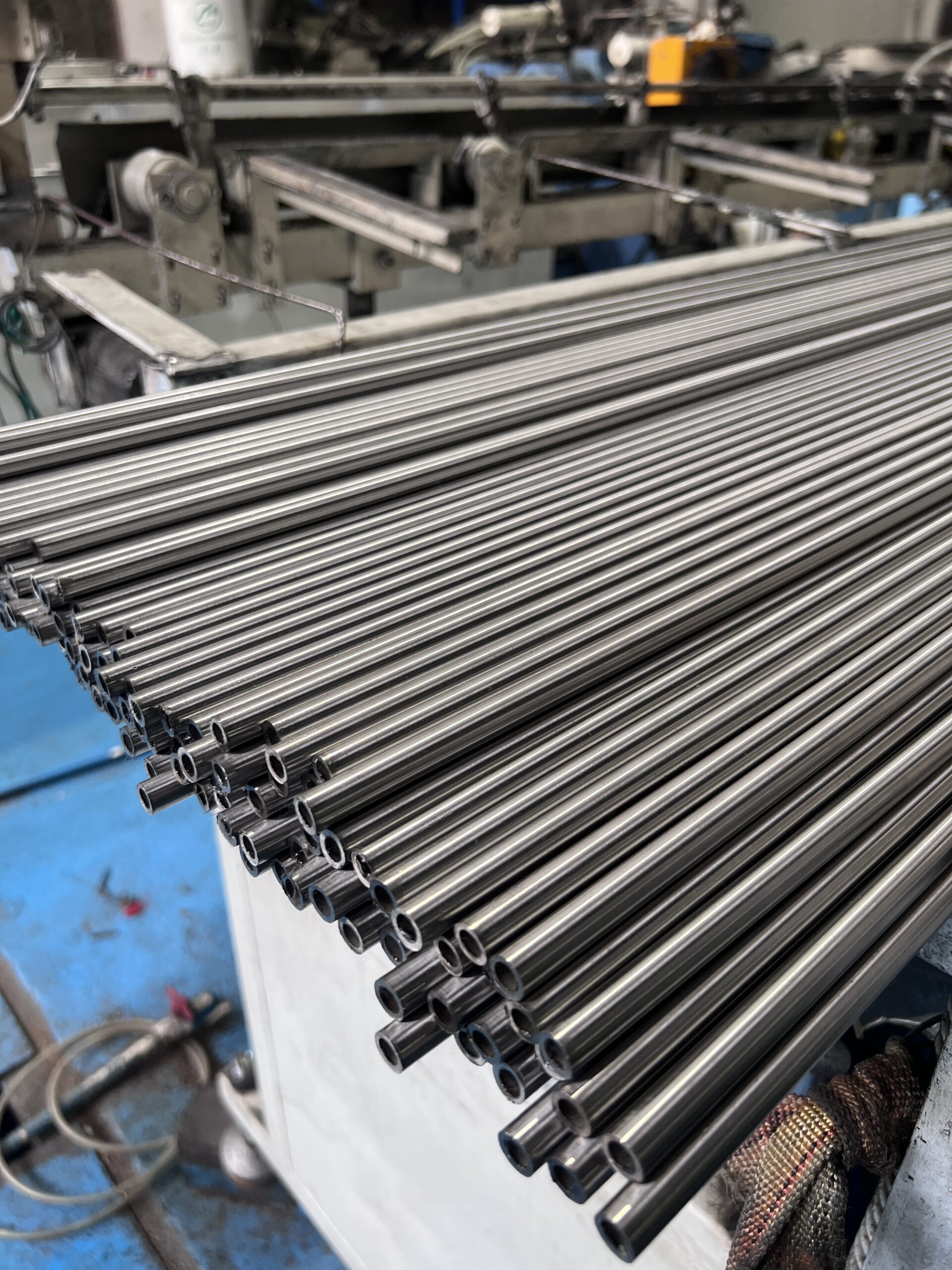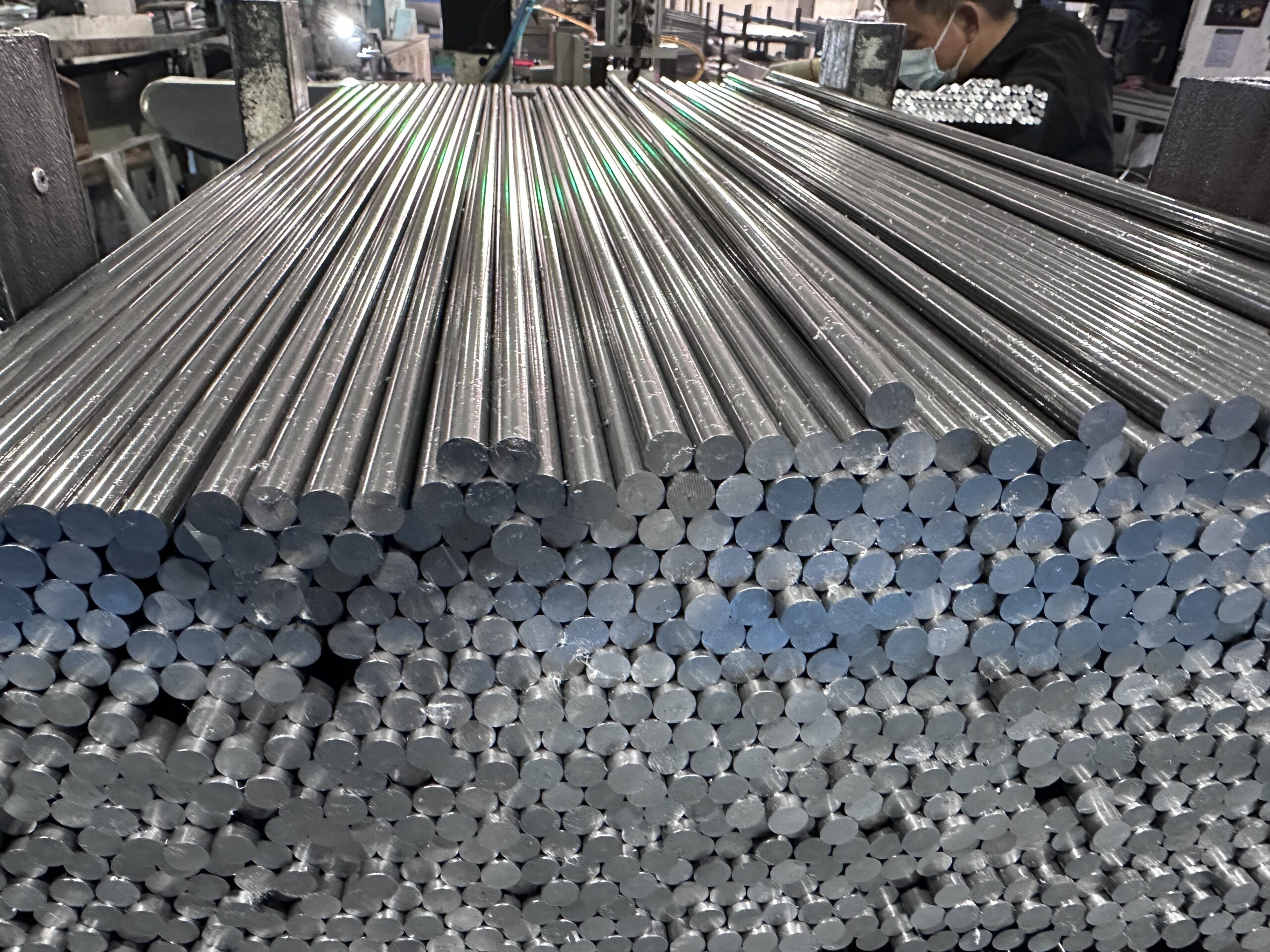Heat treatment is a vital process that alters the microstructure of stainless steel rods to achieve desired mechanical and chemical properties. By applying controlled heating and cooling cycles, manufacturers can enhance hardness, strength, corrosion resistance, and machinability. This article explores the different heat treatment methods used for stainless steel rods and their respective effects.
Common Heat Treatment Methods for Stainless Steel Rods
| Heat Treatment Method | Description | Typical Grades Used | Effects on Properties |
|---|---|---|---|
| Annealing | Heating followed by slow cooling to relieve stress and soften | 304, 316, 410 | Improves ductility, reduces hardness |
| Solution Annealing | Heating to dissolve carbides followed by rapid quenching | 304L, 316L | Maximizes corrosion resistance, restores uniformity |
| Stress Relieving | Low-temperature heat to reduce internal stresses | 303, 430 | Enhances dimensional stability, reduces warping |
| Tempering | Reheating after hardening to balance hardness and toughness | 420, 440C | Improves toughness, lowers brittleness |
| Hardening (Martensitic) | High-heat quenching to increase surface hardness | 410, 420, 440A/B/C | Enhances wear resistance, hard surface |
Factors Influencing Heat Treatment
-
Grade of Stainless Steel: Austenitic, martensitic, and ferritic grades respond differently to heat.
-
Final Application Requirements: Properties like wear resistance or corrosion resistance guide the method.
-
Cooling Rate: Controls the formation of desired microstructures such as martensite or austenite.
Key Benefits of Heat Treatment
-
Improved mechanical strength for load-bearing components
-
Increased corrosion resistance for aggressive environments
-
Better dimensional stability for precision parts
-
Enhanced machinability for easier processing
Practical Applications
-
Heat-treated 304 rods used in structural frames and food equipment
-
420 hardened rods applied in surgical tools and cutting blades
-
316L solution-annealed rods ideal for marine and chemical environments
Heat treatment plays a crucial role in unlocking the full potential of stainless steel rods. Whether it’s boosting strength, improving machinability, or enhancing corrosion resistance, selecting the right method tailored to the steel grade and application ensures optimal performance.







